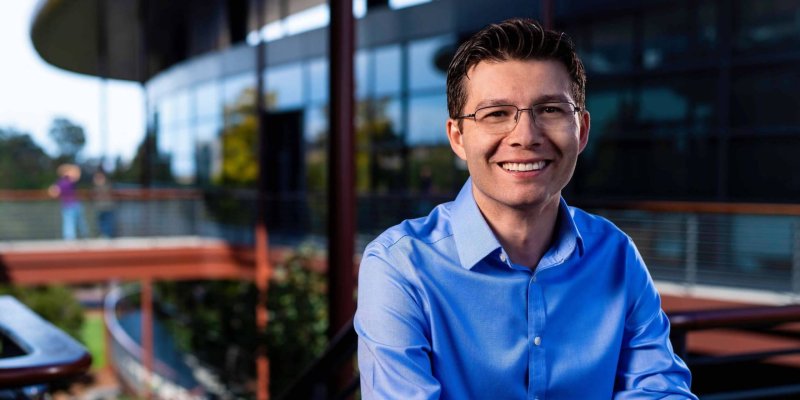When [Stanford University brain researcher Sergiu] Pasca started his own lab at the university in 2014, he continued working on organoids, and in a Nature paper published a few years later, described how tissue resembling the forebrain could model neuron migration during development (545:54–59, 2017). “Most of what we’re doing right now is developing methods to access aspects of human brain development and function that we normally would not have access to, especially everything that is in the second or third trimester or early after birth,” he says.
“Sergiu is incredibly driven and creative,” says Columbia University autism researcher Jeremy Veenstra-Vanderweele, who first met the brain organoid pioneer at a course at Cold Spring Harbor Laboratory where Pasca was presenting his research on iPSCs. “His innovations have really changed the approaches that people are able to take using iPSC-based models. Without question, he’s one of the people pushing the field forward.”
Read full, original post: Innovation in a Dish































